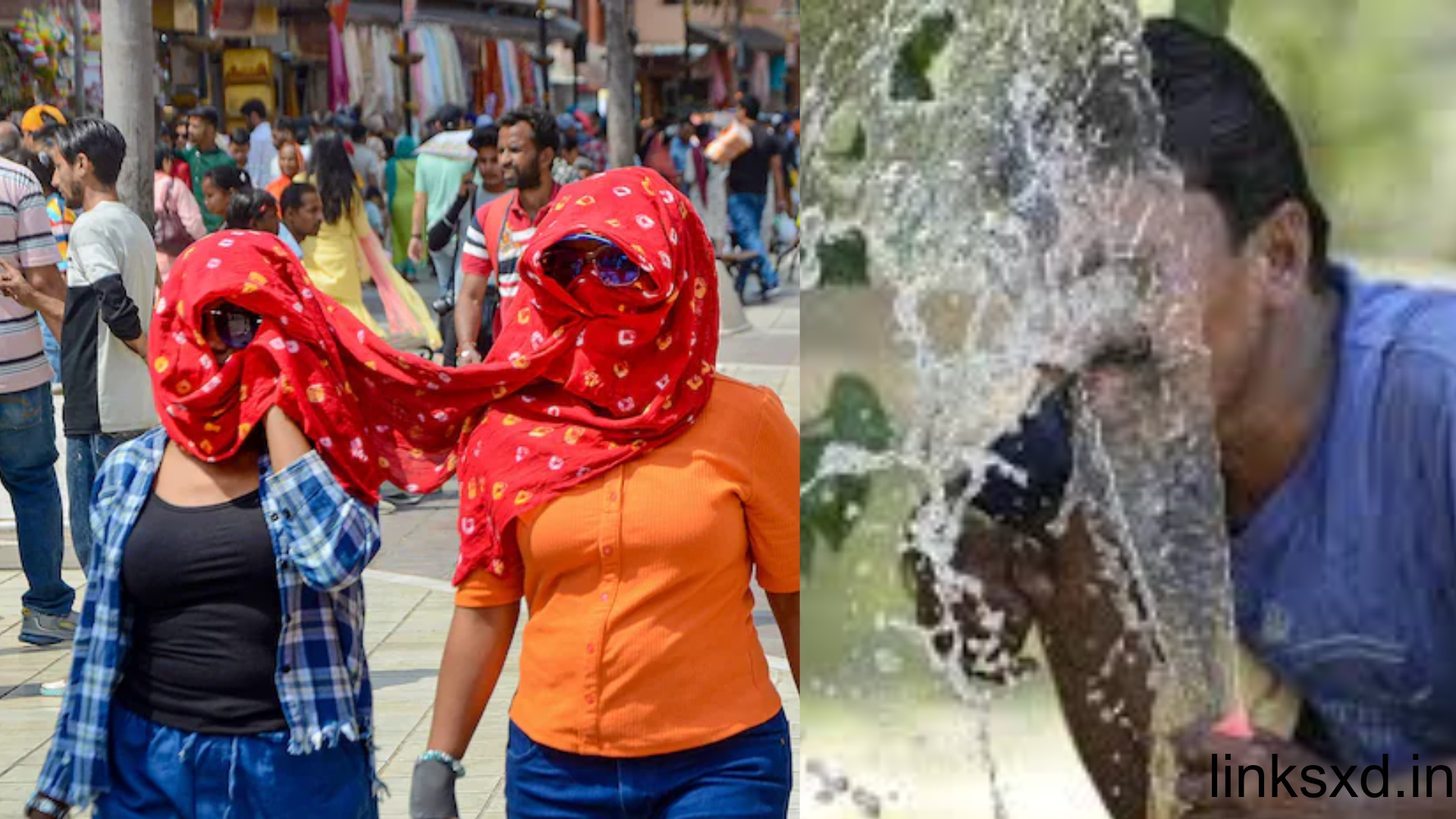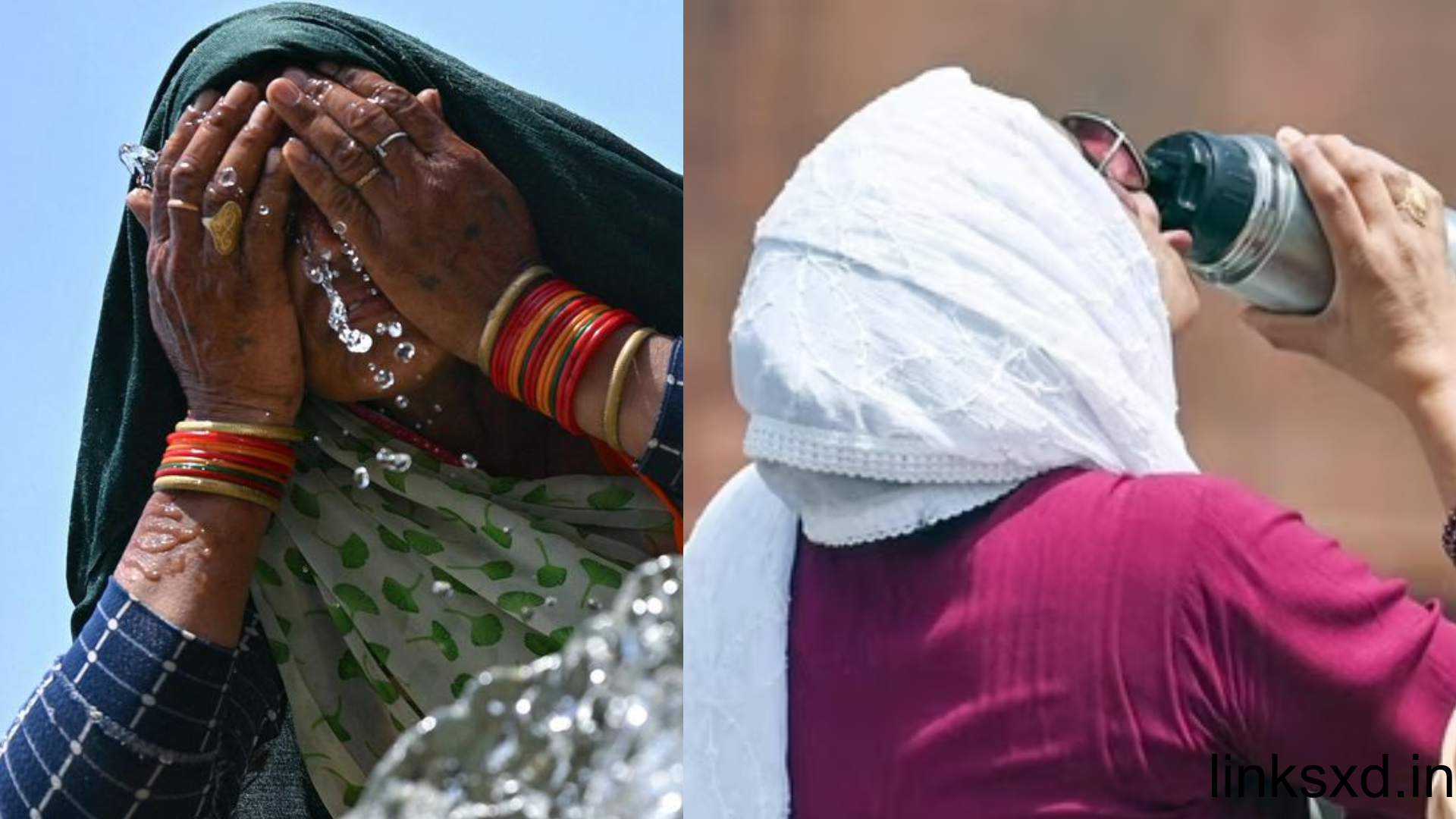Heat Wave
Heat waves have caused immense discomfort among residents in the National Capital Territory (NCR), which includes Delhi and urban areas of its neighboring States. Residents should remain indoors as much as possible and drink lots of water even if not thirsty.
On June 16 and 17, it is predicted that a western disturbance will bring relief to northwest India’s heatwave conditions across Punjab, Haryana and Delhi-NCR regions by providing isolated rainfall events. This is expected to result in scattered showers.
Heat Wave Air conditioners
As India struggles with intense heatwave conditions, they have taken steps to enhance infrastructure and introduce climate-friendly cooling technologies – one such method would be energy-saving air conditioners not currently available on the market.
ACs are more than status symbols; they’re essential in many Indian cities where heat waves often result in power outages and sky-rocketing electricity bills. But heat-related issues often necessitate AC usage despite increasing electricity bills.
Indian summer temperatures typically peak in April, May and June before monsoon rains bring cooler conditions. This year’s heatwave has persisted longer and been more intense, impacting millions of people including rickshaw drivers like Satish Kumar (57), who has struggled to find customers since it started: “People aren’t coming outside” says Satish and markets are almost empty compared with last season.
According to India Meteorological Department forecasters, an intense heat wave is anticipated across Rajasthan, Punjab, Haryana-Chandigarh-Delhi and West Uttar Pradesh from May 16-18; however, its effects could wane by Wednesday according to forecasts provided by this department.
Peak demand for air conditioners during peak hours strains the power grid, leading to outages in rural areas. According to experts, energy-efficient ACs may help remedy the situation; Energy Efficiency Services Limited and Delhi Power Distribution Company are working together to offer energy-saving models.

Heat Wave Water
Heat waves have caused an unprecedented spike in electricity usage as people use air conditioners and run water pumps to cool their homes, leading to shortages of drinking water for millions of Indians who don’t have reliable access to running water sources.
Temperatures have reached extreme highs this summer, placing residents at risk of heat illness and heart attacks. At Ram Manohar Lohiya hospital in Delhi, staff have created a special unit with cold immersion tanks to treat those experiencing severe heatstroke. Although monsoon rains will soon move north this month and cool off temperatures somewhat, India Meteorological Department advises residents to remain alert and take extreme caution until monsoon rains return later this month.
Health experts stress the importance of staying hydrated as one of the cornerstones of good health. They advise drinking plenty of water, oral rehydration salts (ORS) or homemade drinks such as lemon water or buttermilk to stay hydrated. Furthermore, carbonated soft drinks and caffeine should be avoided since both can dehydrate the body over time.
Officials are installing drinking water kiosks in high-risk areas like open markets and bus stations to provide residents with easy access to drinking water during heat waves. Furthermore, shaded areas have been expanded while medical camps were set up with doctors training staff on recognizing heat stroke symptoms as well as providing oral rehydration salt packets for distribution in order to combat the heatwave.
Heat Wave Cooling units
Heat beyond what humans can tolerate can lead to illness and even death, with core temperatures exceeding 37degC for several hours before heat exhaustion sets in, impairing mental and physical capacity and impairing mental abilities. Elderly individuals, children and those suffering chronic diseases are especially prone to heat-related illnesses.
Heat waves have led to massive electricity consumption across Delhi and its neighboring states, and power discom officials report an upsurge in demand due to air conditioners and fans being used during this heat wave. Unfortunately, India’s power grid cannot withstand such an enormous strain and could soon face major difficulties as a result.
As temperatures soar across India, many are searching for ways to stay cool. While staying inside and drinking plenty of water might help, more comprehensive measures must be taken against heat waves in order to protect against them.
Monsoon rains are expected to arrive later this week in northern India and provide some respite from the intense heat, though to effectively combat deadly heat strokes a multisector heat reduction and management plan must be developed by all sectors involved – this includes setting up more cooling shelters, encouraging lifestyle changes such as wearing lighter colored clothing and taking frequent breaks in shaded areas and making sure hospitals have sufficient resources available for treating heat-related injuries.

Heat Wave Electricity
As temperatures in Delhi increase, hospitals are reporting a sharp increase in patients diagnosed with heat stroke or exhaustion. Physicians advise elderly and immunocompromised people not to step out in direct sunlight and drink plenty of water throughout the day.
As temperatures heat up, energy demands in Delhi and other cities soar. According to CSE’s analysis of Delhi State Load Dispatch real-time data, electricity consumption reached an all-time high on Tuesday at 8,647 megawatts; it marks the highest such figure since real-time tracking began in 2018.
Peak power demand in Delhi increases by around 5,000 MW during summer due to air conditioner usage; this energy source largely comes from fossil fuels including coal. Sasidharan believes decarbonising the grid through solar, wind and waste-to-energy is the long-term solution.
Short term, the best way to reduce power stress is ensuring critical infrastructure such as hospitals are kept cool by taking measures such as installing air conditioning units at these sites and targeting these facilities specifically with measures designed to target these spaces. Doing this will also make the grid more resilient against climate change – with an approach which includes managing demand more effectively as well as incentivizing people to use air conditioners more efficiently being essential in doing this.



